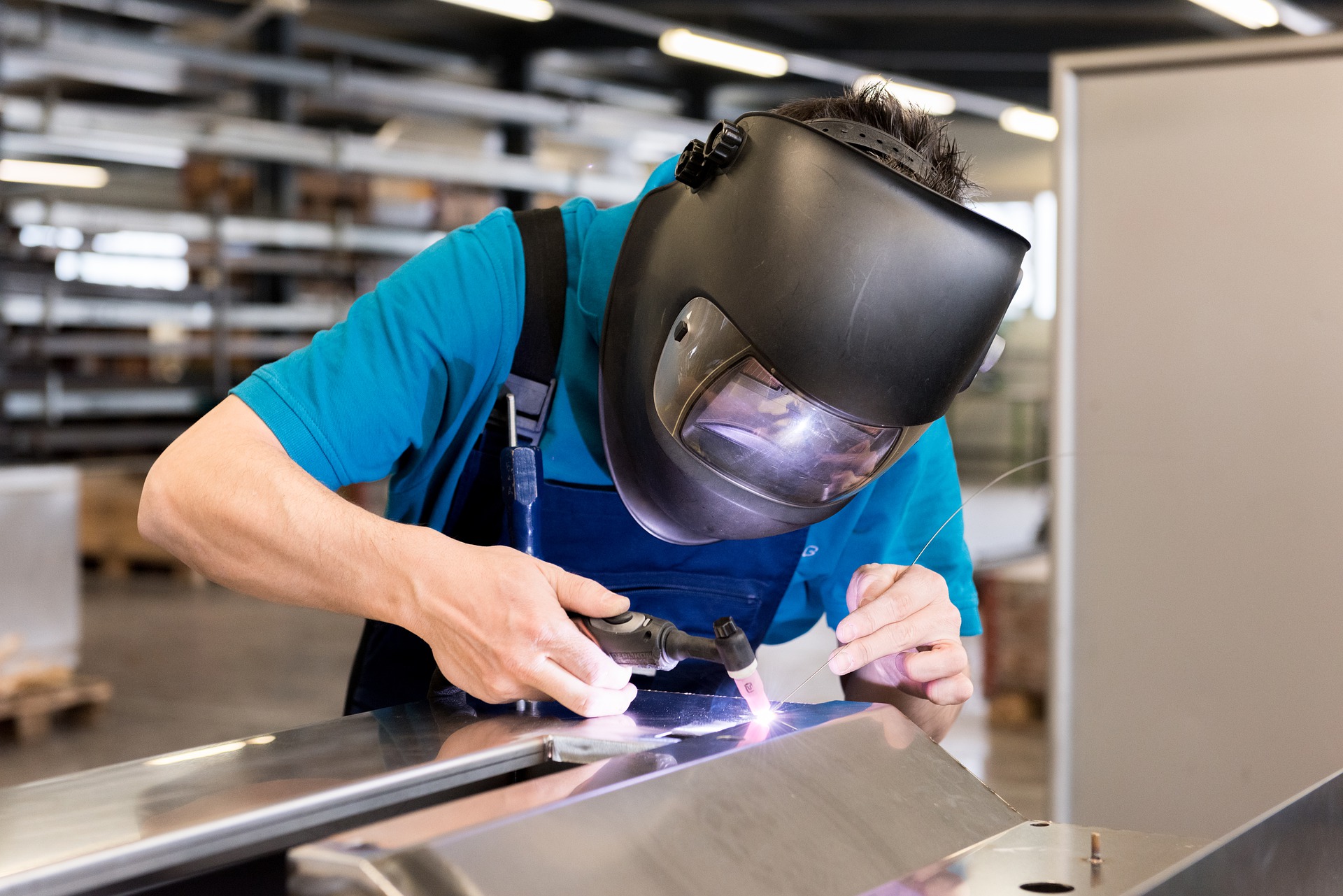Stick welding is difficult for beginners since the welding electrode (or rod) often sticks to the material.
While hoping to forge the arc, rod sticking may occur to a smaller extent when passing the beads. Nevertheless, even the most expert welders will occasionally stick the rod. However, why do welding rods cling towards the base metal in the very first place?
A stick welding rod is stuck since the arc’s temperature is insufficient to overcome fusing among the molten rods and the puddles. The primary causes are inadequate amperage levels or a focal length that is too brief. In addition, stick welding is difficult for beginners since the welding electrode (or rod) typically sticks to the object.
What causes welding rods to become stuck to the base material?
- First and foremost, the welder’s machine must be adjusted to a minimum amperage.
- The space between both the rods and the object is insufficient. When it comes to reaching the arc or passing the bead, both would be important.
- The weld is unable to hold the rod you are attempting to weld. You’re employing a DC-only rod, including an AC buzzing box, for instance.
- The rod has issues with flux, such as fractures or missing portions.
- You haven’t detected an unsteady current flow across the welder circuit. The arc would be inconsistent, the temperature would vary, and the rods would stick if there weren’t a steady electricity supply.
- The workpiece is extremely cold. Since both the metal as well as the rods are cool once you hit the arc during the first time, the rods stick more frequently. Just a mild and transient arc may blister the rods and the base material to merge them.
- Whenever the welds amperage is too minimum
A welder arc is an electromagnetic current that flows continuously in between the welder electrode and the object.
Typical air fills a gap well before arcs are formed. Therefore normal air is a lousy conductor of heat of electrical charge.
The atmospheric temperature rises to the point where it disintegrates as you hit the arc.
The new gas, known as plasma fuel, is an excellent conductor of electricity, allowing it to flow via gaps at a constant rate.
SMAW plasma gas temperatures range from 6500°F (3600°C) to 6500°F (3600°C), based on rod size, flux concentration, and amps.
This heat is substantially higher than any of the melting temperatures of all metallic materials; mild steel, for instance, melts at roughly 2700°F (1500°C).
There isn’t enough electricity traveling via gas if the welder machine’s current is adjusted less than it needs to be. Consequently, the plasma is unable to emit sufficient heat to maintain a constant liquid at the rod’s end and in the pool.
The primary trigger of welding rod sticking is insufficient amperage, which is also the simplest to fix.
- If the size is too small
The gap between rods and the base material is known as the arc size. The size of the rod’s cable determines the length of the arc. The size must be constant and no greater than the bolt’s diameter for successful and consistent arcs and plasma.
The intensity of the arcs is called arc power. The arc power is calculated by stick welding equipment based on the diameter of the rod. The arc voltage is minimal, ranging from 17 to 35 volts.
The welder’s machine sets the arc power, but you can modify it implicitly by altering the length because arc voltage drops as the size reduces.
The heat of the gas is affected by arc voltage.
The temp decreases as the voltage drops.
To ensure a steady arc, every wire diameter requires a specified arc length.
So, what happens if the arc length isn’t long enough?
- The amperage remains constant when the length cuts down, while the arc temp falls. The overall heat decreases as a consequence. The lesser the temperature, the more likely the rod will stick.
- Furthermore, when the length decreases, the heat of the plasma decreases. After a certain extent, the plasma reverts to ordinary air. There’s also no warmth in the absence of plasma, so the molten materials harden in a moment.
- There’ll be no spacing for the spark or plasma to occur when you extend the rod further, and it touches the base material.
Rods become attached to the base material, causing aggravation and delays. This procedure is known as stick welding, not only because of the structure of the rods but also because it adheres so often.
What should you do if the welding rod becomes stuck?
The first step to take if the welder rod becomes stuck to the base material is to rotate it and tear it free. If those don’t work, remove the wire clip from the shaft. Afterward, the welder machine can be turned off.
If the welder rod hooks and you’re using outdated stick welding equipment, the short circuit may heat the rods and put the machine under stress. New inverters welder machines contain elements that detect it and shut off the current whenever the rods jam.
To disengage the welder rod, the very first thing that comes up is to rotate it. It may be sufficient at times. However, the fusing is frequently excessive. When you spin the rod hard enough, the fluxes from around the end will be broken.
Related Article: How do you know if a weld is strong enough
Another option is to push the stinger’s pitch to remove the rods. In this manner, you may detach it without causing too much damage to the fluxes at the end. Though, there’ll be a brief arc between the rods and the stinging, which will scare the stinger.
If it becomes more comfortable, you also can disconnect the power source. Nevertheless, do not unplug the welder since the cooling system will turn off if the welding cools down.
